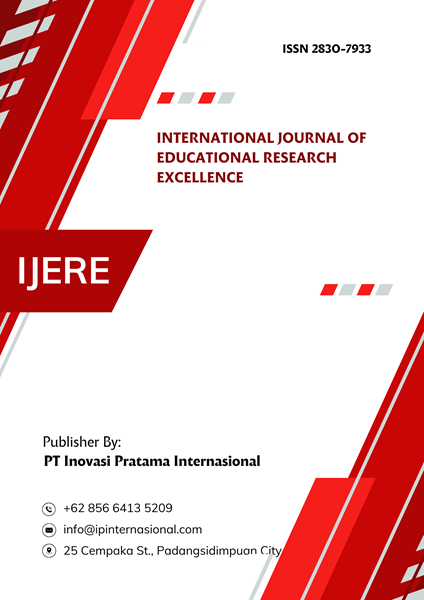The Role of Cultural Context in Language Acquisition: Strategies for Effective Language Teaching in Higher Education
Main Article Content
Abstract
Language acquisition is a complex process deeply influenced by cultural context, which shapes learners' cognitive frameworks, motivation, and communicative competence. This study investigates the critical role of culture in language learning and proposes pedagogical strategies to enhance language instruction in higher education. By integrating cultural elements into curricula, educators can foster deeper linguistic proficiency and intercultural awareness, preparing students for global communication. A mixed-methods approach was employed, combining an extensive literature review, classroom observations, and surveys involving university-level language instructors (N=50) and students (N=100). Findings reveal that culturally responsive teaching methods—such as the use of authentic materials, intercultural exchange programs, and learner-centered approaches that leverage students' cultural backgrounds—significantly improve language acquisition outcomes. The study concludes with practical recommendations for educators to design more inclusive and effective language programs that align with contemporary educational demands.
Downloads
Article Details

This work is licensed under a Creative Commons Attribution 4.0 International License.
References
Byram, M. (1997). Teaching and assessing intercultural communicative competence. Multilingual Matters.
Hymes, D. (1972). On communicative competence. In J. B. Pride & J. Holmes (Eds.), Sociolinguistics (pp. 269-293). Penguin.
Jackson, J. (2019). Interculturality in international education. Routledge.
Kramsch, C. (1998). Language and culture. Oxford University Press.
Tomlinson, B. (2012). Materials development for language learning and teaching. Language Teaching, 45(2), 143-179.
Vygotsky, L. S. (1978). Mind in society: The development of higher psychological processes. Harvard University Press.
Bennett, M. J. (1993). Towards ethnorelativism: A developmental model of intercultural sensitivity. International Journal of Intercultural Relations, 17(4), 413-433.
Deardorff, D. K. (2006). Identification and assessment of intercultural competence as a student outcome of internationalization. Journal of Studies in International Education, 10(3), 241-266.
Fantini, A. E. (2019). Intercultural communicative competence in educational exchange. Routledge.
Liddicoat, A. J., & Scarino, A. (2013). Intercultural language teaching and learning. Wiley-Blackwell.
Moran, P. R. (2001). Teaching culture: Perspectives in practice. Heinle & Heinle.
Risager, K. (2006). Language and culture: Global flows and local complexity. Multilingual Matters.
Seelye, H. N. (1993). Teaching culture: Strategies for intercultural communication. National Textbook Company.
Sercu, L. (2005). Teaching foreign languages in an intercultural world. Language and Intercultural Communication, 5(1), 3-17.
Wiggins, G., & McTighe, J. (2005). Understanding by design. ASCD.

